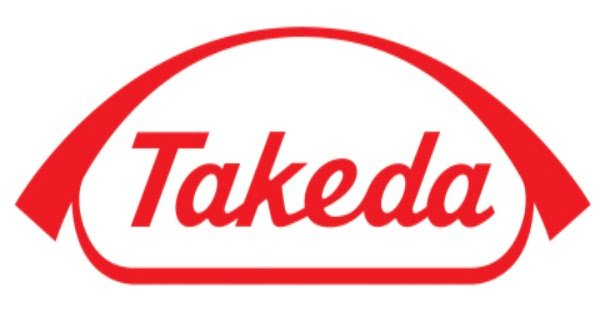
Osaka, Japan & New York, United States: Takeda Pharmaceutical Company Limited (TSE:4502/NYSE:TAK) (“Takeda”) and Ovid Therapeutics Inc. (NASDAQ: OVID) (“Ovid”), a biopharmaceutical company committed to developing medicines that transform the lives of people with rare neurological diseases, today announced positive topline results from the randomized Phase 2 ELEKTRA study of soticlestat in children with Dravet syndrome (DS) or Lennox-Gastaut syndrome (LGS). Soticlestat is a potent, highly selective, oral, first-in-class inhibitor of the enzyme cholesterol 24-hydroxylase (CH24H). It is being investigated by Ovid and Takeda for the treatment of rare developmental and epileptic encephalopathies (DEEs), a group of highly refractory epilepsy syndromes including DS and LGS.

The ELEKTRA study achieved its primary endpoint with high statistical significance, demonstrating a 27.8% median reduction from baseline in convulsive seizure (DS) and drop seizure (LGS) frequency compared to a 3.1% median increase in patients taking placebo during the 12-week maintenance period (median placebo-adjusted reduction=30.5%; p=0.0007, based on the efficacy analysis set of 120 patients with seizure data in the maintenance period). In addition, DS and LGS patients treated with soticlestat demonstrated a 29.8% median reduction in convulsive seizure (DS) and drop seizure (LGS) frequency compared to 0.0% change in median seizure frequency in patients taking placebo during the full 20-week treatment period (titration plus maintenance) of the ELEKTRA study (placebo-adjusted reduction=25.1%; p=0.0024).
In the ELEKTRA DS cohort (n=51), patients treated with soticlestat demonstrated a 33.8% median reduction in convulsive seizure frequency compared to a 7.0% median increase in patients taking placebo during the full 20-week treatment period of the study (median placebo-adjusted reduction in seizure frequency is 46.0%; p=0.0007). Based on these data, the companies plan to meet with regulatory authorities to discuss initiation of a Phase 3 registrational program for soticlestat in patients with DS.
In the ELEKTRA LGS cohort (n=88), patients treated with soticlestat demonstrated a 20.6% median reduction in drop seizure frequency compared to a 6.0.% median reduction in patients taking placebo during the full 20-week treatment period of the study (median placebo-adjusted reduction in seizure frequency is 14.8%; p=0.1279). Additional analyses are being conducted to better understand the potential next steps for the development of soticlestat in this highly heterogenous patient population.
Soticlestat was generally well-tolerated in the ELEKTRA study and demonstrated a safety profile consistent with those of previous studies, with no new safety signals identified. All patients who completed the ELEKTRA study elected to enroll into the ENDYMION open-label extension study and findings from ENDYMION are also reported today.




















































